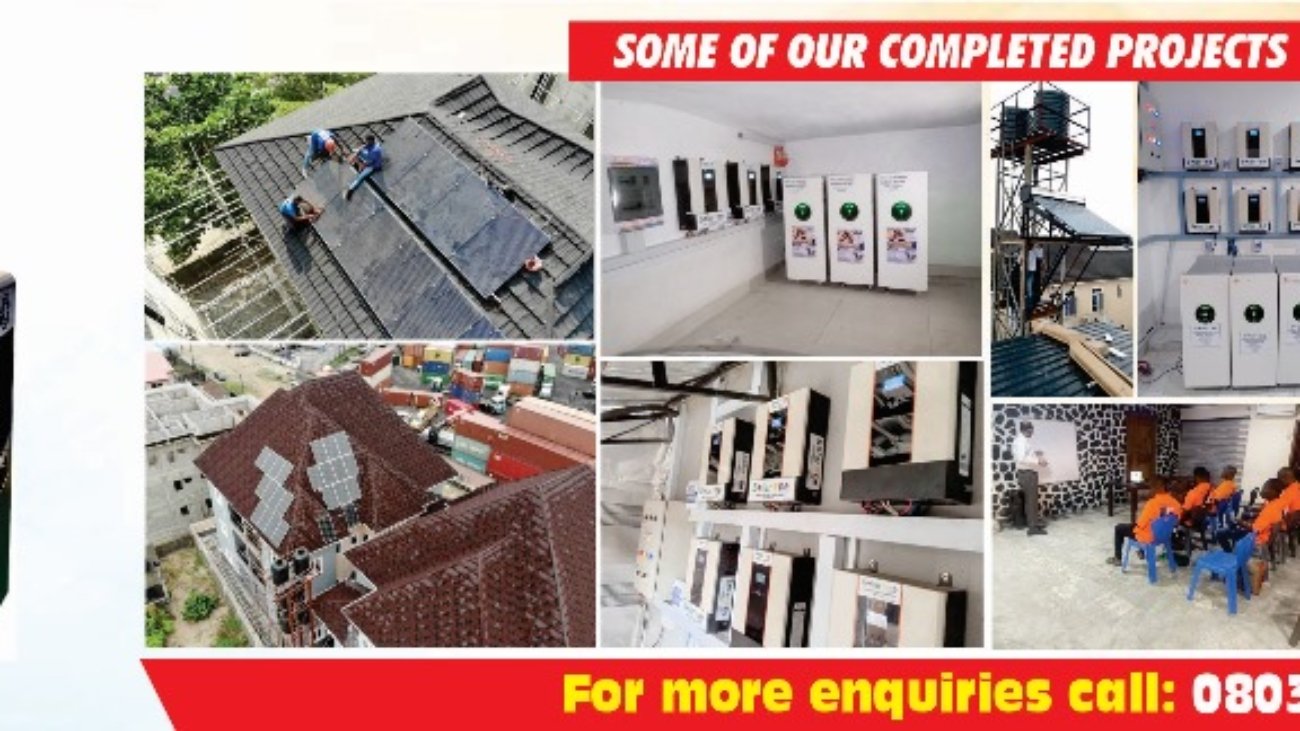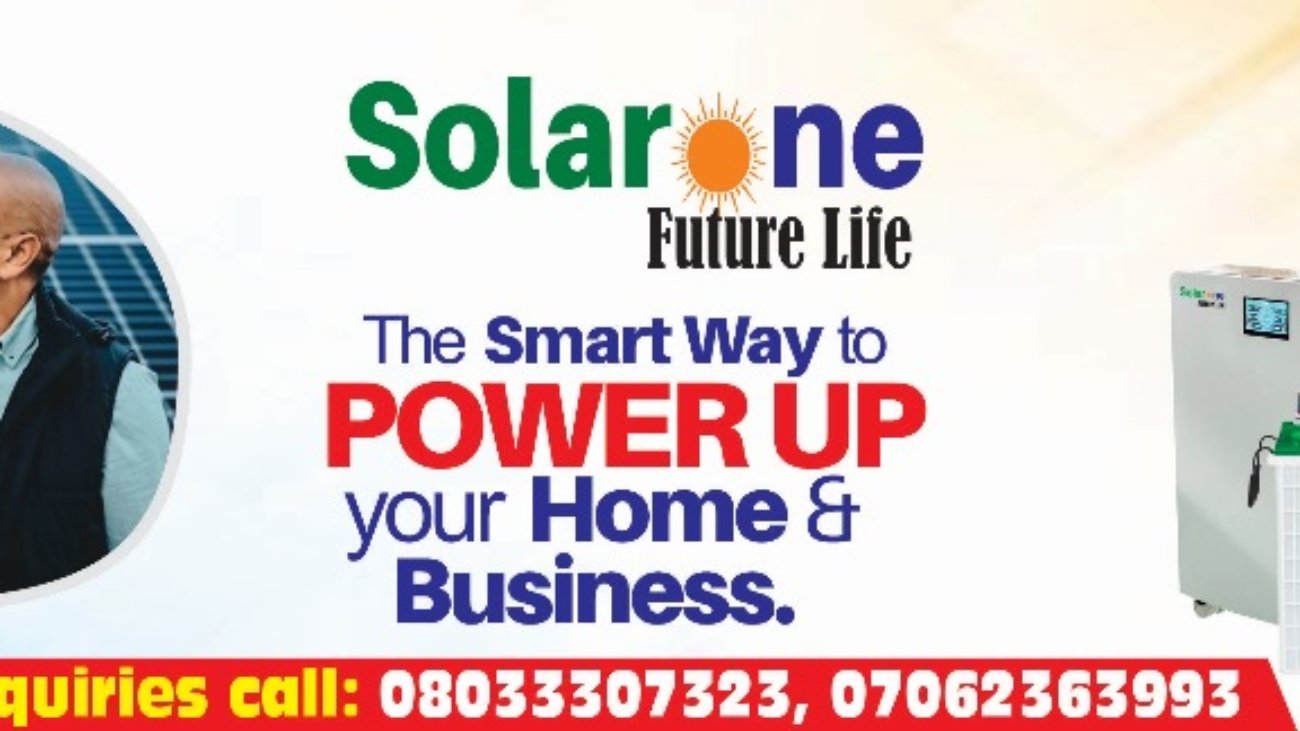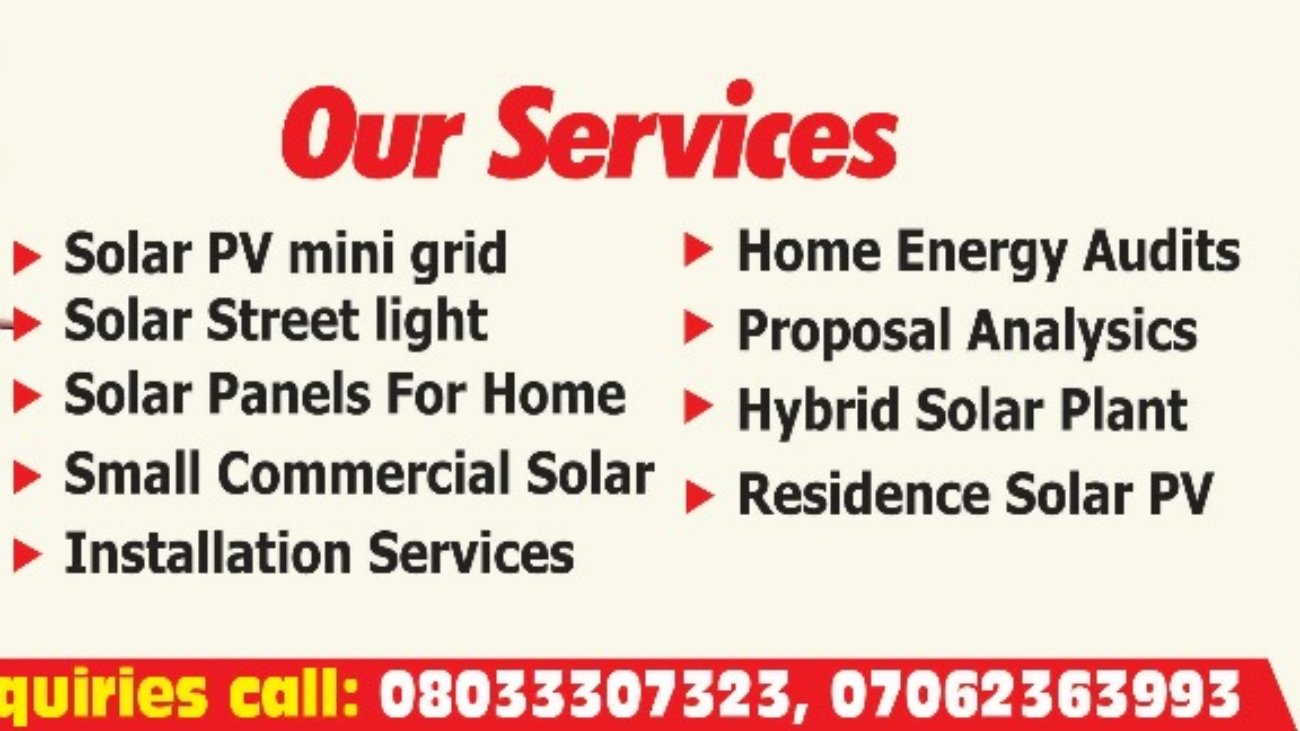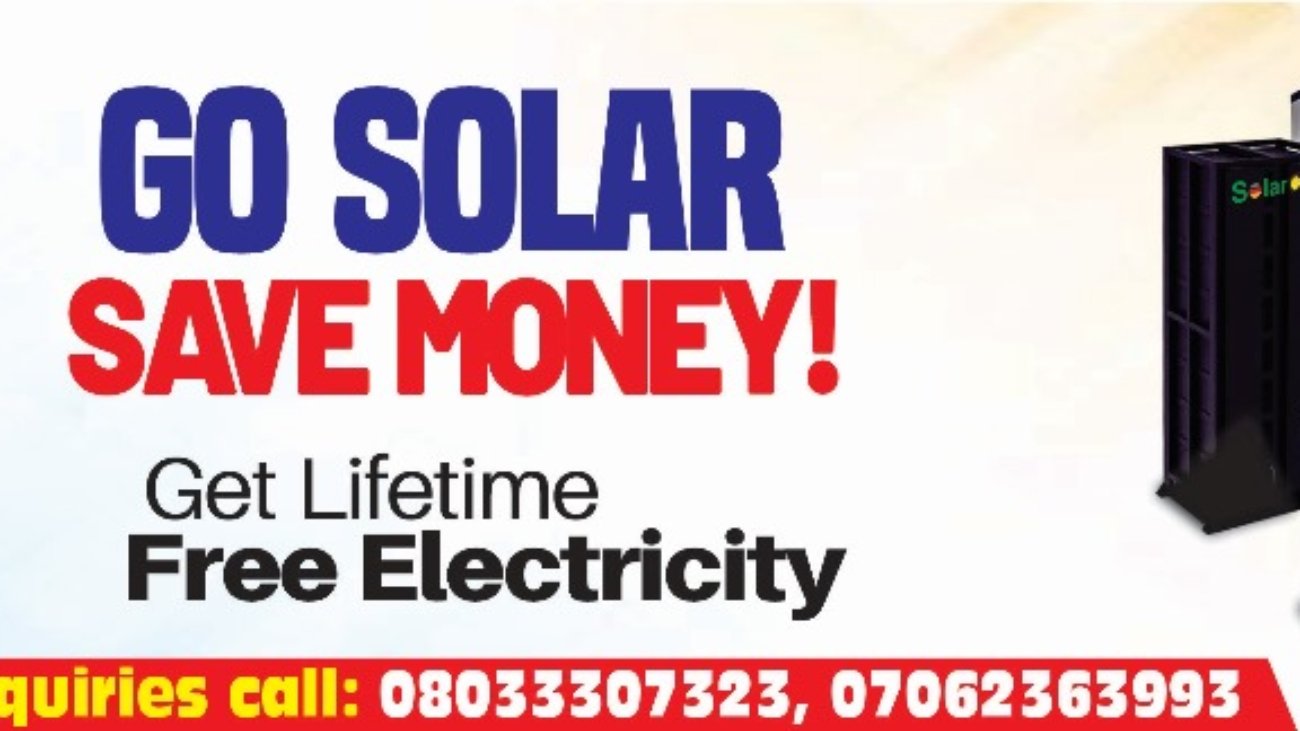Using Solar Panels to Heat Water at Home
Heating water with solar panels isn’t just practical; it’s a genius move for saving money and embracing sustainable living. Imagine your morning shower powered by sunlight—no guilt, no hefty bills, just warm water and sunny vibes. Let’s explore how you can turn sunshine into piping hot water for your home.
How Solar Water Heating Works
Solar panels for water heating work a little differently than traditional photovoltaic panels. Instead of producing electricity, these panels—called solar thermal collectors—capture the sun’s heat directly. They use this heat to warm water stored in a tank, ready for your showers, laundry, or dishwashing.
Picture it like this: the sun heats the panels, a special fluid absorbs that heat, and the fluid transfers it to your water. It’s simple, efficient, and doesn’t require any rocket science to understand. The result? Plenty of hot water without stressing your electricity bill or burning fossil fuels.
Cutting Costs, One Warm Shower at a Time
Heating water with electricity or gas can cost a small fortune, especially in colder months. With solar panels, the sun takes care of the heavy lifting, and your wallet gets a much-needed break. After the initial setup, you’ll notice a significant drop in your energy bill. Over time, these savings really add up!
Think of all the ways you use hot water daily: bathing, cleaning, or even making a cup of tea. With solar panels, you’re essentially getting this energy for free. Plus, if you’re in a sunny location, your system can meet most—if not all—of your water heating needs year-round. That’s like getting a constant discount on every shower you take!
Eco-Friendly Heating, Simplified
If you’re looking to reduce your carbon footprint, heating water with solar panels is a no-brainer. Every gallon of water heated by the sun means fewer emissions from burning fossil fuels. It’s a win for you and a win for the environment.
Plus, solar water heating systems are incredibly durable. Most systems last 15 to 20 years, and they require minimal maintenance. As long as your panels are positioned to catch plenty of sunlight, they’ll keep working quietly in the background. An occasional check-up or cleaning is usually all it takes to keep them running efficiently.
The Initial Setup: What to Expect
Installing a solar water heating system isn’t as complicated as it might sound. First, you’ll need to choose between two main types of systems: active and passive. Active systems use pumps to circulate the fluid, while passive ones rely on gravity and natural circulation. Each has its pros and cons, but both are effective at turning sunlight into hot water.
Next, your installer will position the panels to catch the maximum amount of sunlight—typically on your roof. Don’t worry if you’re not a DIY expert; professionals can handle everything from setup to fine-tuning. The best part? Many governments offer rebates or tax incentives to make the upfront cost more affordable.
Year-Round Benefits of Solar Water Heating
You might be wondering: does this work in winter? The answer is yes! While solar panels are most efficient in direct sunlight, they can still capture energy on cloudy or cooler days. Many systems include a backup heater to ensure you never run out of hot water, even during those rare sunless spells.
By using solar energy to heat your water, you’re making a long-term investment in comfort, savings, and sustainability. Whether you’re washing dishes after dinner or soaking in a relaxing bath, you’ll feel good knowing you’re powered by the sun.
Warm Water, Bright Future
Using solar panels to heat water isn’t just practical; it’s a game-changer for your home. It slashes energy costs, reduces your carbon footprint, and provides a steady supply of hot water year-round. Plus, knowing you’re harnessing clean, renewable energy adds a feel-good factor that’s hard to beat.
So, if you’re tired of rising energy bills or want to live a greener lifestyle, solar water heating is the way to go. It’s an investment that pays off every time you turn on the hot water tap. Why not let the sun do the hard work while you enjoy the benefits?





